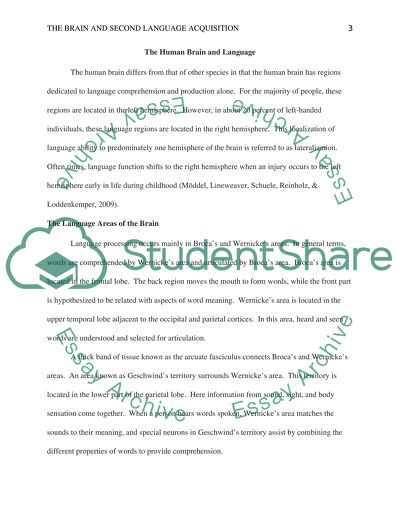Cite this document
(“Second Language Acquisition: The Adult Brain Versus The Child Brain Research Paper”, n.d.)
Retrieved from https://studentshare.org/psychology/1397140-second-language-acquisition-and-the-brain-infant
Retrieved from https://studentshare.org/psychology/1397140-second-language-acquisition-and-the-brain-infant
(Second Language Acquisition: The Adult Brain Versus The Child Brain Research Paper)
https://studentshare.org/psychology/1397140-second-language-acquisition-and-the-brain-infant.
https://studentshare.org/psychology/1397140-second-language-acquisition-and-the-brain-infant.
“Second Language Acquisition: The Adult Brain Versus The Child Brain Research Paper”, n.d. https://studentshare.org/psychology/1397140-second-language-acquisition-and-the-brain-infant.


